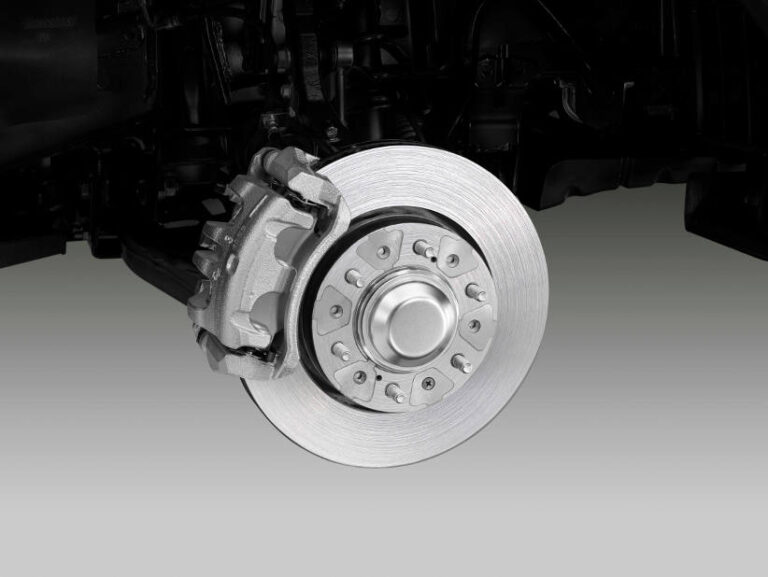The Toyota Hilux and Ford Ranger are two of Australia’s most popular utes, renowned for their durability, versatility, and off-road capabilities. Designed as global workhorses, these vehicles serve a broad range of markets — from urban trades to remote mining operations. However, when it comes to Australian fleet usage, particularly with the addition of service bodies and extra equipment, many operators unintentionally push these vehicles beyond the limits of their Original Equipment (OE) braking systems.
Designing for the Masses, Not the Extremes
Both the Hilux and Ranger are engineered for global markets, balancing performance, reliability, and cost. While these utes are built to handle moderate loads and varied terrains, they aren’t always designed with the specific demands of Australian fleets in mind.
In regions like Southeast Asia, these vehicles often carry lighter loads and travel at lower speeds. In contrast, Australian fleet vehicles frequently haul heavy service bodies, tools, and equipment across vast distances at highway speeds — conditions that place significant strain on the OE braking systems.
The Fleet Manager’s Dilemma: Weight, GVM, and Braking
When fleet operators add service bodies, roof racks, bull bars, and tool storage, the vehicle’s weight quickly approaches — or exceeds — its Gross Vehicle Mass (GVM) limit. This not only affects handling and suspension but also significantly impacts braking performance.
“Physics tells us that adding 500 to 800 kilograms of equipment can drastically increase stopping distances,” explained Ian Campbell, Head of Product Management at Bendix. “The OE brakes on a Hilux or Ranger are designed for standard loads, but when fleets load them up, the stopping power diminishes, especially under emergency braking conditions.”
For Fleet Managers, it’s critical to understand the impact of added weight on braking performance. A ute that meets legal GVM limits might still struggle to stop efficiently when fully loaded, increasing the risk of accidents.
The Case for Brake Upgrades
Upgrading the braking system offers a simple yet effective solution to this challenge. Enhanced brake pads, rotors, and calipers designed for heavy-duty use can significantly reduce stopping distances and improve heat dissipation — crucial when hauling heavy loads over long distances.
Tests on vehicles like the older PX Ford Ranger have shown that brake upgrade kits can reduce stopping distances by up to 8 metres when braking from 80 km/h — around one and a half car lengths. In an emergency braking scenario, that extra space can be the difference between a near-miss and a serious collision.
Beyond safety, brake upgrades also reduce wear and tear, helping fleets maintain lower maintenance costs over time. Stronger, more heat-resistant components last longer, even under the increased demands of heavy fleet use.
Safety and Compliance Go Hand-in-Hand
For Fleet Managers, ensuring vehicles stay within GVM limits is only part of the safety equation. Assessing the braking system’s ability to handle added weight is equally important. Upgrading the brakes ensures that fully loaded utes can perform safely in all driving conditions, protecting drivers, cargo, and company assets.
With more fleets recognising these risks, brake upgrades are becoming standard practice — not just for safety but also for meeting workplace health and safety (WHS) obligations. After all, in fleet management, prevention is always better than cure.






